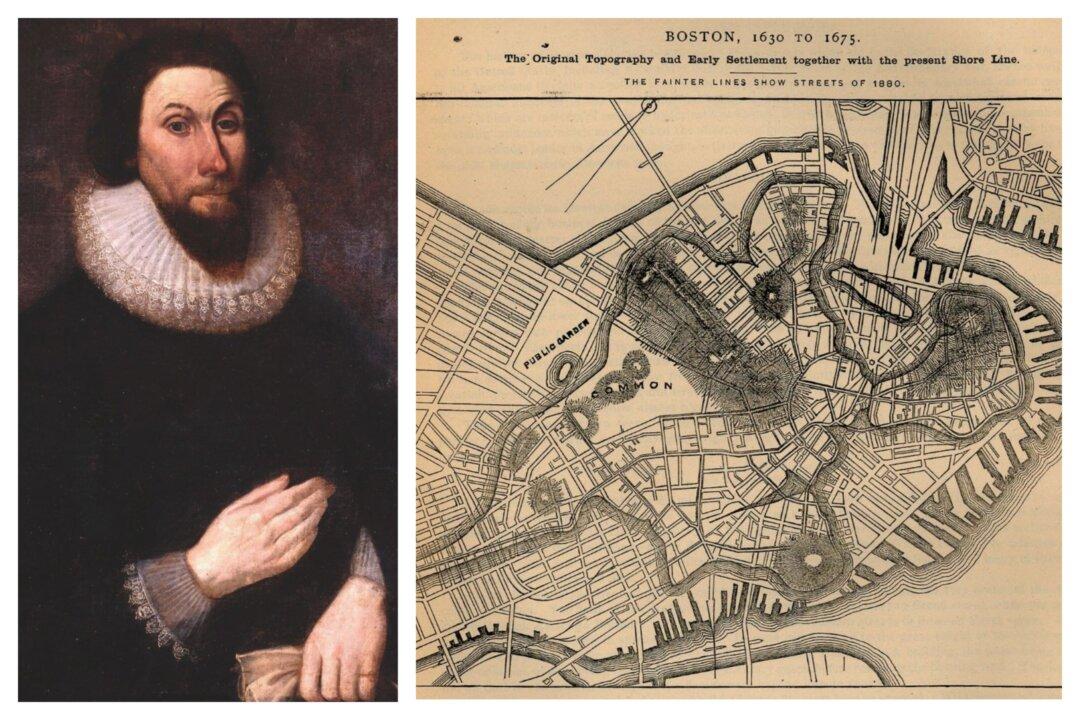Ancient militaries were less complex than they are today, though their simplicity didn’t necessarily equate to efficiency or effectiveness. The typical corps system that modern militaries utilize now stem largely from Napoleon Bonaparte, but even Bonaparte built off of what already existed. Moving backward from Bonaparte to the militaries of nation’s like England, France, Russia, Prussia, Spain, and even the Roman Empire, each military often contributed something to what the moderns possess. Nicholas Sekunda, a professor at the Institute of Archaeology and Ethnology in Torun, Poland, takes readers and ancient (and classical period) military enthusiasts all the way back to the 6th century B.C.
Sekunda, in his new short book “The Athenian Army: 507–322 B.C.,” breaks down one of the most famous militaries of the ancient and classical world. Military leaders, like Alcibiades, Pericles, Themistocles, and Alexander the Great, quickly come to mind. But even these great leaders (though the term “great” may have a different connotation for someone like Alcibiades) needed structure, and according to Sekunda, it was during this period of time, 507 B.C. to 322 B.C., that the Athenians began to organize their militaries in orderly fashion.






